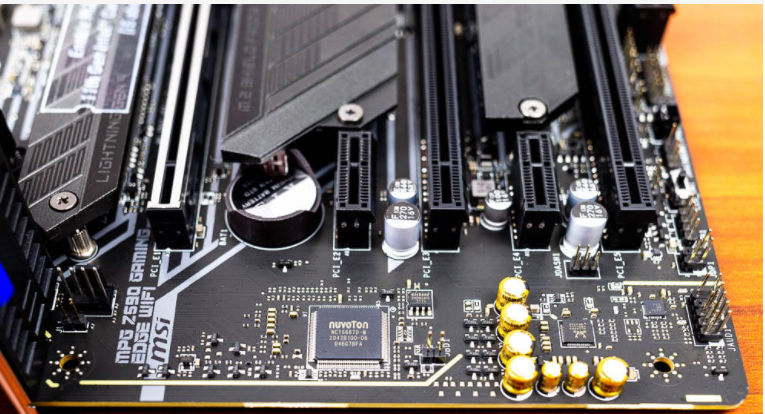PCB Factory: Introduction to COB Process_Precautions_Part 1
COB (Chip On Board) is not a new technology in the electronics manufacturing industry, but recently I have often been asked related questions and data requests. Maybe the products are getting smaller and smaller, and the more advanced technology is too expensive, so some people come back to consider the COB process.
Here I will reorganize the experience of setting up and operating COB many years ago. On the one hand, I remind myself of this process, and on the other hand, I provide reference. Of course, some information may not be up-to-date and is for reference only.
The evolution history of IC, COB, and Flip Chip (COG)
The following figure shows the evolution history of electronic chip packaging. From IC packaging - COB - Flip Chip (COG), the size is getting smaller and smaller. Among them, COB can only be said to be an intermediate product between the current technology.

COB is to directly paste the bare wafer (die) on the circuit board(PCB), and directly solder the wire/wire (Bonding) on the gold-plated circuit of the PCB, and then through the sealing technology, it is effective Transfer the packaging steps in the IC manufacturing process to the circuit board for direct assembly.
In the past, COB technology was generally used in consumer electronic products that did not pay much attention to reliability, such as toys, calculators, small displays, clocks and other daily necessities, because most of the manufacturers that make COB are because of low cost. consider. Nowadays, more and more manufacturers are interested in its small size and the trend of lighter, thinner and shorter products. There is a wider and wider application trend, such as mobile phones, cameras and other products that require shorter products.
COB has another advantage that makes some PCBA processing manufacturers especially love it. Due to the need of sealing glue, the general COB will seal all the external wire pins in epoxy resin (Epoxy). For those hackers who like to crack other people's designs, it may take more time because of this feature. Come to crack, and indirectly achieve the improvement of anti-hacking security level. (※: The anti-hacking security level is determined by the amount of time it takes to crack a technology)
COB's environmental requirements
It is recommended to have a Clean Room and the Class should be below 100K. Because the COB process belongs to the wafer packaging level, any small particles contaminated on the solder joints will cause serious defects.
Basic dust-free clothes and hats are also necessary. You don't need to wrap your heads into a meat dumpling-style dust-free clothes, but basic hats, clothes, and static shoes are all necessary.
In addition, the clean room should strictly control the entry of cartons and any items that are easy to entrain or produce dander. All packaging should be unpacked outside the clean room before entering the clean room. This is to keep the clean room clean and extend the life of the clean room.
COB PCB design requirements
1. The surface treatment of the finished PC board must be gold-plated, and it must be a little thicker than the ordinary PC board gold-plated layer to provide the energy required for Die Bonding to form a gold-aluminum or gold-gold co-gold.
2. In the layout of the solder pad circuit outside the COB Die Pad, try to keep the length of each solder wire fixed, that is to say, the distance between the solder joints from the wafer (Die) to the PCB solder pad is as consistent as possible. Therefore, the diagonal pad design does not meet the requirements. It is suggested that the PCB pad spacing can be shortened to eliminate the appearance of diagonal pads.
3. It is recommended that a COB wafer has at least two positioning points. It is hoped that a cross-shaped positioning point should be used to replace the traditional circular positioning point, because the Wire Bonding machine will grab a straight line for positioning when it does automatic positioning. . Some Wire Bonding machines may be different. It is recommended to design with reference to the performance of the machine first.
4. The size of the PCB (Die Pad) should be larger than the actual die (die) to limit the deviation when placing the wafer, but it should not be too large to avoid too severe wafer rotation. It is recommended that the wafer pads on each side are 0.25~0.3mm larger than the actual wafer.
5. It is best not to lay out the vias in the area where the COB needs to be filled with glue. If it cannot be avoided, these vias must be completely plugged to prevent Epoxy glue from penetrating the other side of the PCB.